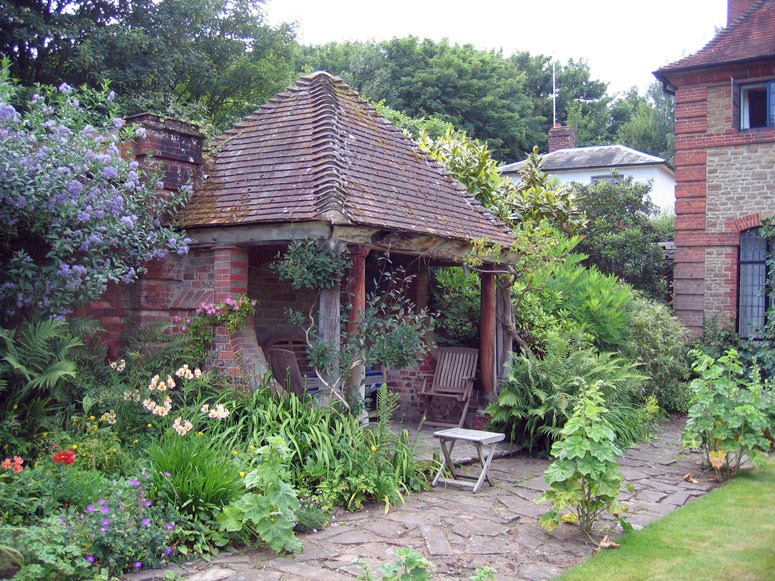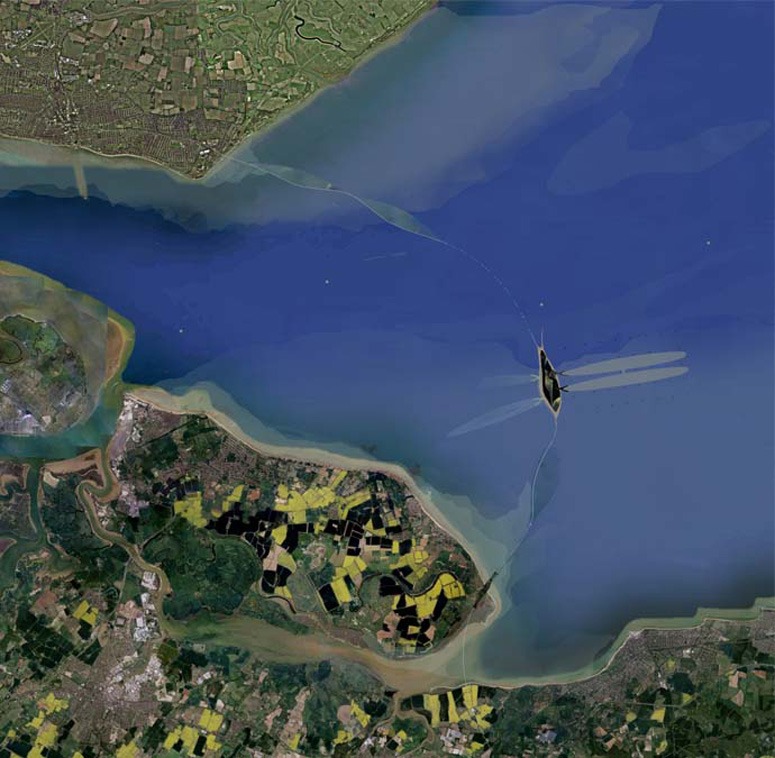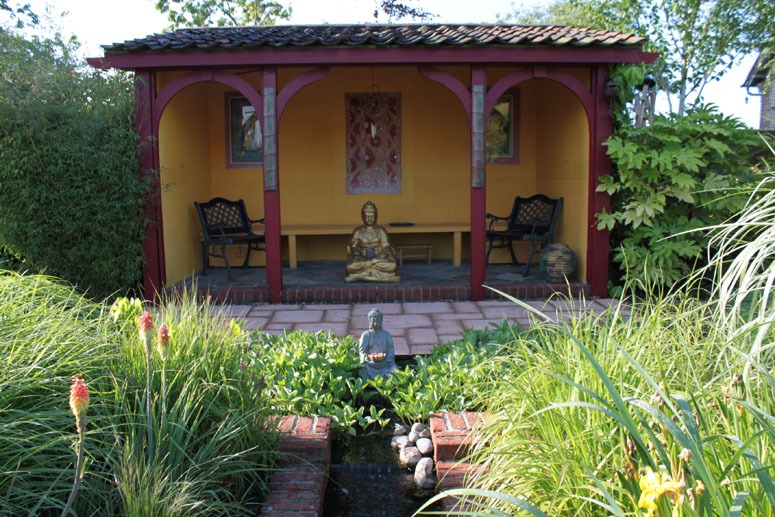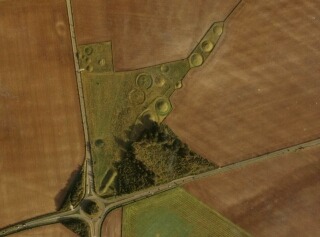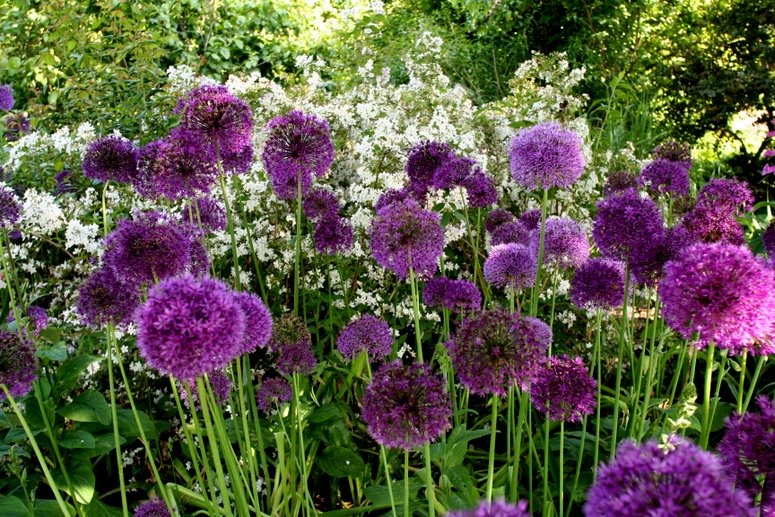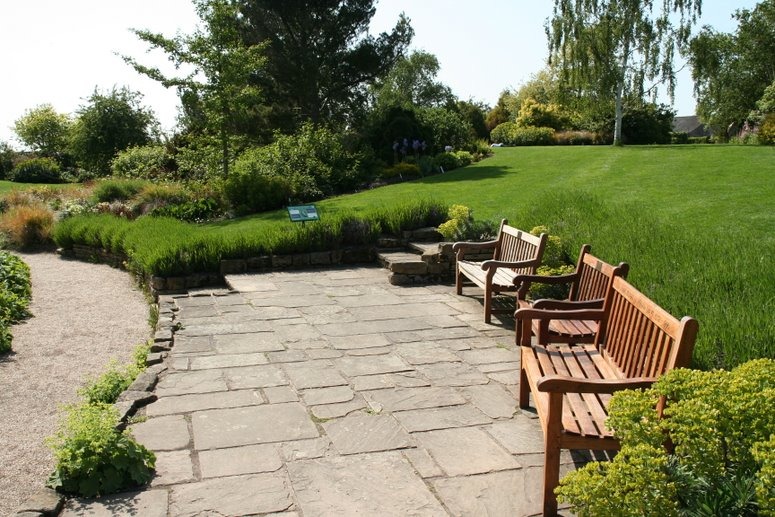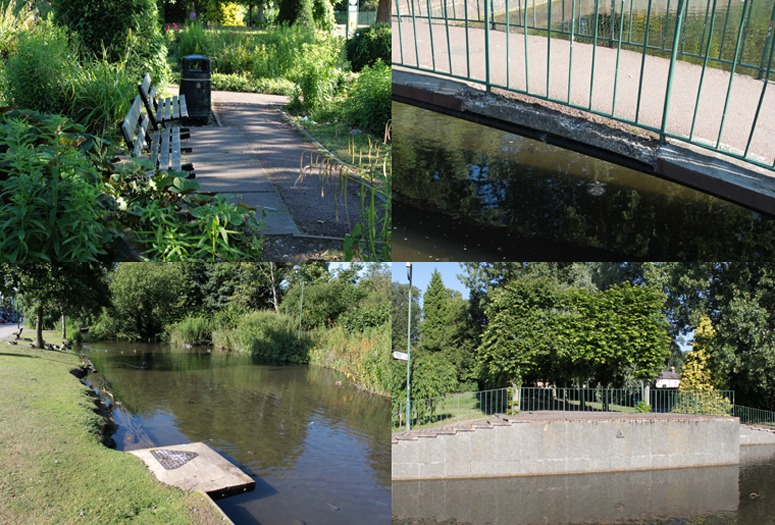
The Water Gardens, designed for Hemel Hempstead New Town, are decaying. They should be Listed as a Grade 1 landscape and garden design.
The very best of Britain’s First Generation New Town plans was Geoffrey Jellicoe’s design for Hemel Hempstead. He was invited back to design the Water Gardens. Susan Jellicoe did the planting plan and they both saw it as their most successful project. I went there last year and again this week. The Water Gardens are in terrible condition and it is very depressing. The beds are full of weeds. The pleached limes are unclipped. The benches are smashed up. The canal is so over-stocked with ducks that the edges have eroded. The concrete bridges are crumbling. Some idiot has painted the steel railings green, instead of ‘Festival of Britain’ white.
Though I can’t find it, I wrote an article about New Towns for the TCPA Journal (c1980) and described the Hemel Hempsted Water Gardens as the space which best captures the spirit of the British New Towns. They used the photograph on the front cover of the journal. If writing another article on the New Towns I would re-take the photograph and used it lament the sad demise of an excellent idea. The Landscape Institute should gird its loins and call for the New Towns Act to be brought back into operation. It is a much better way of managing urban growth than constant expansion of villages into small towns, of small towns into large towns and of large towns into conurbations. The fact that Gordon Brown’s Eco-Towns policy came to nothing demonstrates the need to do things properly, by bringing the New Towns Act back into use.

